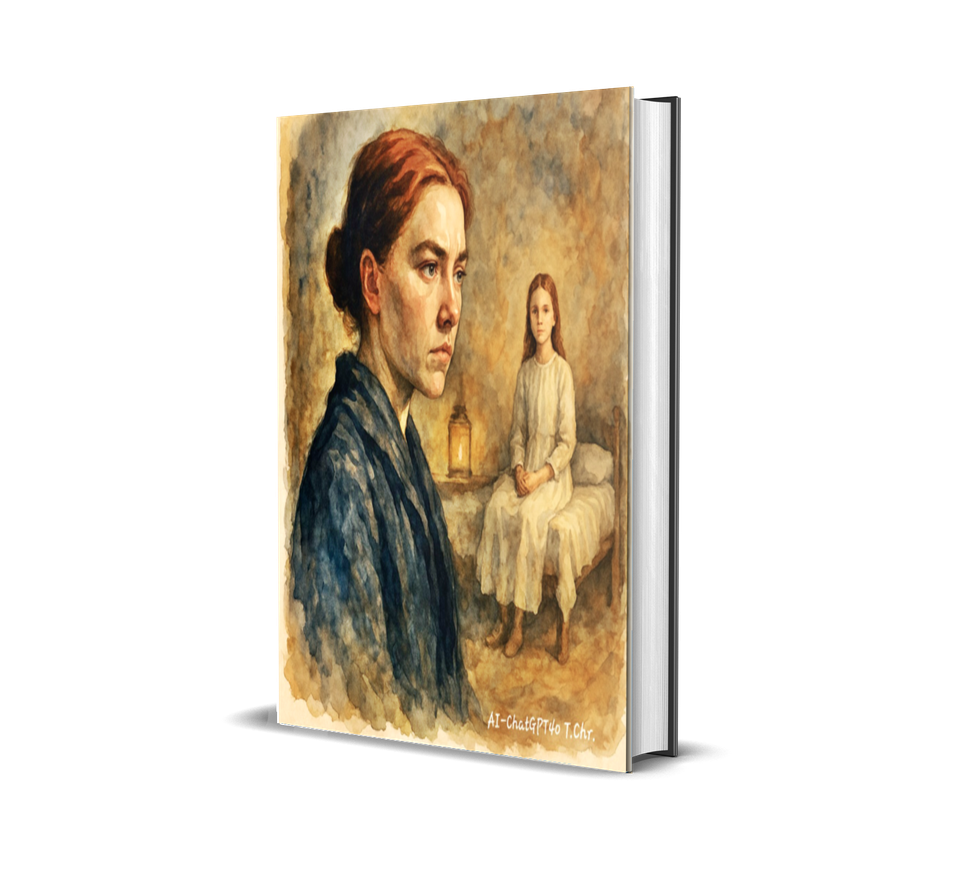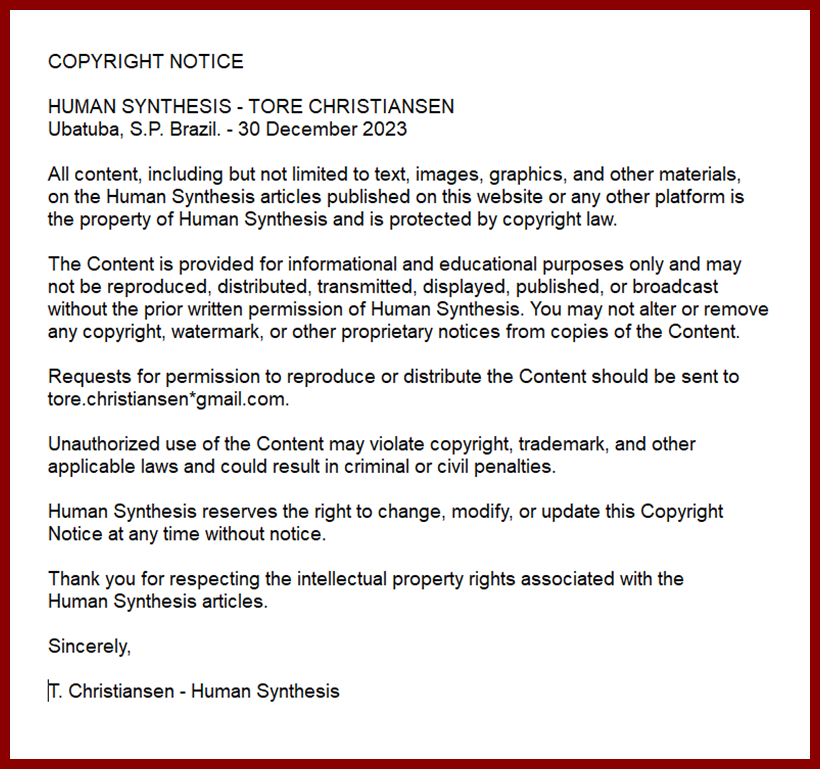THE SECOND WONDER

By AI-ChatGPT4o-T.Chr.-Human Synthesis-26 July 2025
A richly imagined story where truth and faith collide again, but this time, with higher stakes, deeper shadows, and a secret that refuses to die.
Years have drifted past since Lib Wright disappeared from the smoldering Irish midlands. She and Anna O’Donnell had quietly crossed the ocean under new names, leaving behind miracles and martyrdom for the windswept solitude of Patagonia.
There, among the bleached mountains and stony silence, they forged something fragile but whole: a life. Anna grew strong, whip-smart, unafraid. Lib worked under the name Mrs. Night, treating the children of sheep farmers and miners, doing what good she could, still chased by memory.
Then came the letter. Unmarked. Folded neatly into the spine of an old medical treatise sent to the outpost schoolhouse. Anna found it. It carried no greeting. No sender. Only a single sentence written in a slanted, ink-heavy hand:
There is another.
Lib knew, before she could speak. She felt it like a chill through bone. Another girl. Another so-called miracle. Another child being sanctified by hunger and ignorance. And Lib, now older, no longer angry but still unwilling to stand by, packed a case and crossed the ocean once again.
Anna watched her leave with a look too old for her face. She didn’t ask her to stay. She simply said: “Don’t let them bury this one.” Ireland had changed. The cobbled streets of Dublin were no longer cloaked in famine’s silence. Gas lamps lit the city’s arteries. The British Crown loomed heavily.
But the sickness at the heart of the country remained—this obsession with redemption through pain. The Catholic Church had grown more theatrical, more guarded. Scientific thought was rising, but so was superstition, with new forms of it wearing finer clothes and speaking in softer tongues.
The girl’s name was Clara Byrne. Eleven years old. Delicate but not frail, wrapped in white linen, her hair plaited tight, her cheeks pale as candle wax. She was being kept in a secluded estate on the edge of the city, under observation—but not by doctors.
A council of pious women and a few high-ranking priests presided over her. She had not eaten in two months, they said. She refused food, even water. And yet she lived, her body a holy testament. She was called the Living Flame.Clara was not imprisoned, but worshipped.
Visitors came by invitation only. Lib, under the name Nora Grey, offered her services as a nurse, citing experience with rare metabolic conditions. Her false credentials passed through hands eager for legitimacy. She was granted limited access—days only, never nights. But that was enough.
Clara was unlike Anna in almost every way. She did not seem sick. She was alert. Curious. Her mind was sharp, her gaze piercing. When Lib knelt to check her pulse, Clara whispered without moving her lips: “You were with the girl. The one who fooled them.” Lib nearly recoiled.
She had told no one. No one.In the following days, Lib unraveled what she could. The Church's refusal to allow any physician to examine Clara. The guarded language of the women who tended her. The exaggerated stories being printed in quiet pamphlets and passed hand to hand. Clara, Lib suspected, was not starving.
But someone wanted it to appear that way. Then she met Niall Keane, a shadow of a man who had once been a promising journalist. He had covered the first “miracle girl” story, years earlier—Anna's story—but was discredited after claiming fraud. He had followed the trail of similar cases across Europe.
Niall told Lib what she feared most: Clara Byrne had a sister. A twin. But the Church denied her existence. The family refused to speak of her. The twins had been seen together as recently as three months before the vigil began. One day, only Clara remained.
At the heart of it all was An Fhírinne Bheo—The Living Truth—a secretive society of radical women who believed that self-denial led to divine clarity. They saw Clara as a vessel. Not just of faith—but of proof. Proof that the soul could transcend the body. They called themselves revolutionaries.
They used sacred texts and pseudo-science in equal measure. They needed Clara’s survival to validate their cause. Lib confronted Clara under cover of a storm one night in the glass solarium behind the estate. It had been turned into a place of worship—wax effigies, offerings of cloth and locks of hair, rosaries curled like dead vines.
Clara stood barefoot among the flickering candlelight. Rain lashed the glass overhead. “She’s dead, isn’t she?” Lib said, voice breaking. Clara nodded.“She starved, while they prayed. I didn’t want to take her place. But they told me... if I let her go unseen, she would be damned. And we would have nothing.”“You don’t need to be a miracle.”
“I know,” Clara whispered. “But they do.”Lib knew then what had to be done. The girl could not simply be removed. That would spark a hunt. It would end in another martyrdom. She had to vanish. The miracle had to die—publicly.That night, the solarium burned.
Fire licked through the glass and wax and velvet. The effigies melted into grotesque shapes. A body was found—unidentifiable, scorched beyond recognition, dressed in Clara’s robe. The Church closed ranks. An investigation was quietly abandoned. The death was declared divine mystery. A shrine was erected.
And Clara, reborn, fled west with Lib. They made their way through the mists of Connemara, slipping through fishing villages and bog paths, until they reached the edge of Galway Bay. There, under a black sky full of stars, Lib offered her one last choice. “You can stay. Disappear. Be no one. Or… you can live.”
Clara, no longer the vessel, no longer the saint, whispered, “I want to live. Even if no one ever knows I existed.” They crossed the sea by steamer. Reached America. Passed into anonymity like smoke into wind. Years later, in the hush of a New York library, Anna Night—the girl once known as Anna O’Donnell—found a folded letter on her desk.
Her hair was streaked with gray. She had spent the years working in a women's refuge, teaching girls to speak without permission and eat without guilt.The letter held one line:
There is another. But this time, she lived.
Anna pressed her fingers against the page. She smiled—not from joy, but from something deeper. Relief, perhaps. Or knowing. Because some stories, like miracles, aren’t made to be believed.They are made to protect the ones who were never meant to survive them..
